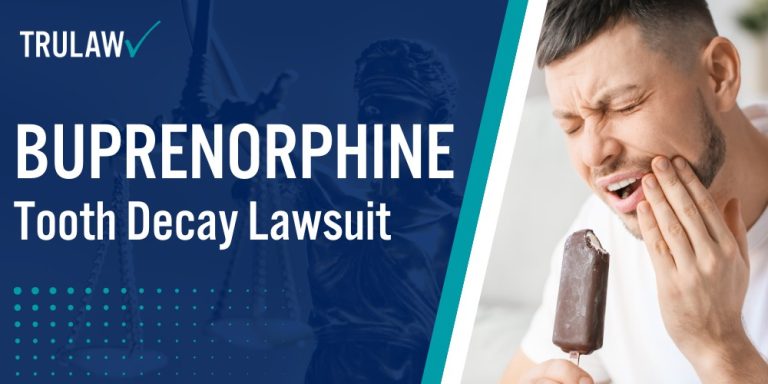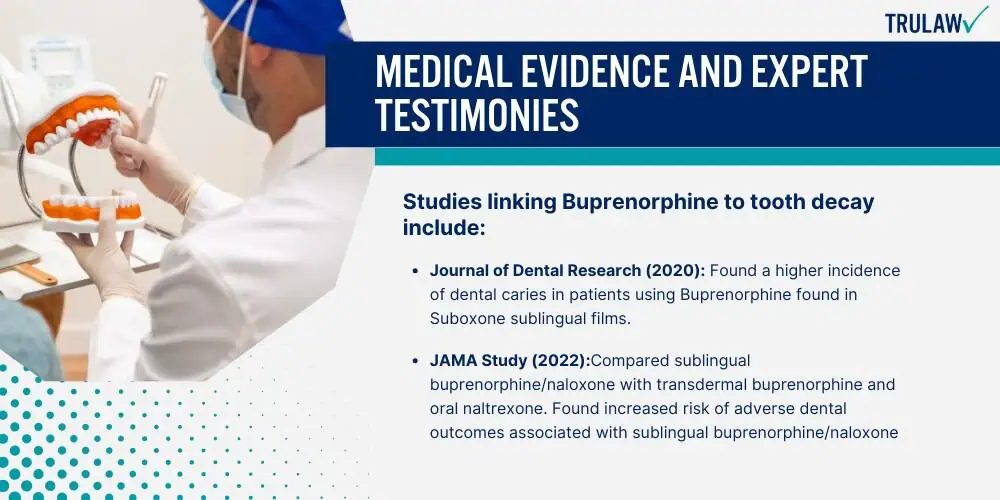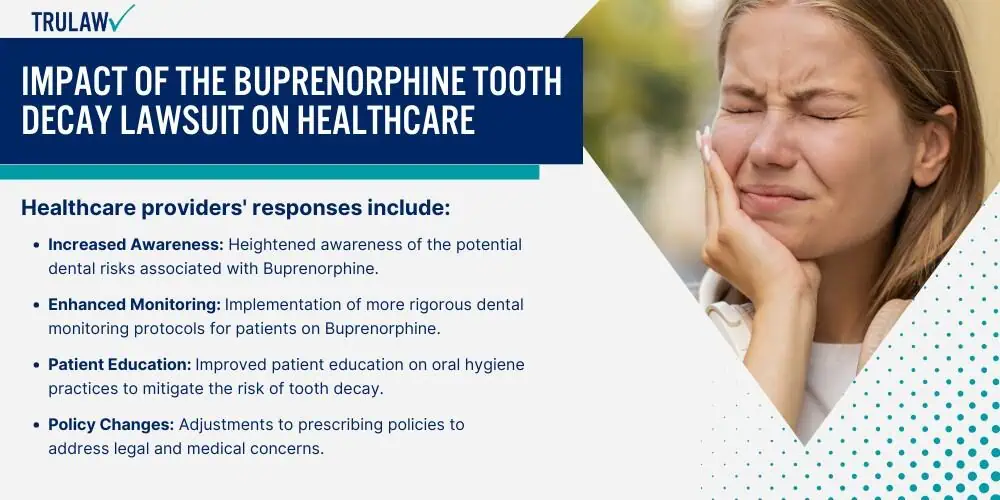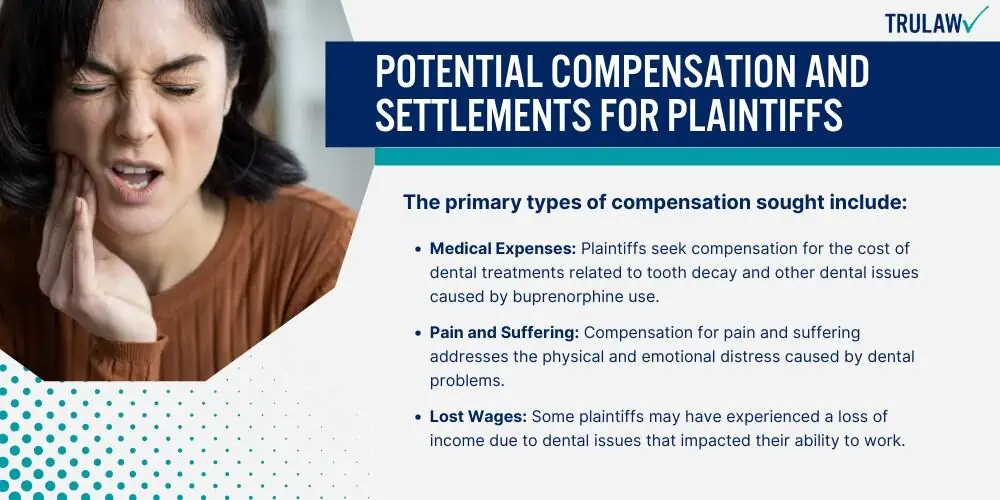The Buprenorphine tooth decay lawsuit has been a significant legal development, with numerous plaintiffs coming forward to seek justice for dental damages allegedly caused by the medication.
The progression of this lawsuit involves key events that have shaped its current status, including pivotal legal arguments made by both plaintiffs and defendants.

Plaintiffs allege that the manufacturers of Buprenorphine failed to warn users about these risks, leading to significant dental harm.
Knowledge of these developments is essential for anyone affected by sublingual buprenorphine naloxone exposure.
Key Events in the Buprenorphine Lawsuit Timeline
The timeline of the Buprenorphine tooth decay lawsuit is marked by several critical events.
These events have collectively shaped the progression of the case, highlighting the legal maneuvers involved in addressing the claims.
Key events in the Buprenorphine tooth decay lawsuits include, but are not limited to:
- Initial Filings: The first lawsuits were filed by individuals who experienced severe dental injuries after using Buprenorphine.
- MDL Formation: To streamline the legal process, the cases were consolidated into a Multidistrict Litigation (MDL) in the Northern District of Ohio.
- Bellwether Trials: Selected cases were tried as bellwether trials to test the waters for potential outcomes in other cases.
- Settlement Negotiations: Ongoing discussions between plaintiffs and defendants aim to reach a settlement agreement.
These events illustrate the trajectory of the lawsuit and the major milestones that have occurred.
The progression of these events underscores the complexity of the litigation process and the importance of strategic legal maneuvers.
Each event has contributed to shaping the current status of the lawsuit and will likely influence its future direction.
Major Legal Arguments in the Buprenorphine Lawsuit
The legal arguments in the Buprenorphine tooth decay lawsuit revolve around several key points.
Plaintiffs argue that the manufacturers failed to warn users about the risk of tooth decay associated with Buprenorphine use.
They also claim that the medication’s formulation contributes to dental damage.
On the other hand, defendants contend that the warnings provided were adequate and that other factors could contribute to tooth decay.
These arguments are central to the case, influencing the court’s decisions and the potential outcomes for plaintiffs.










